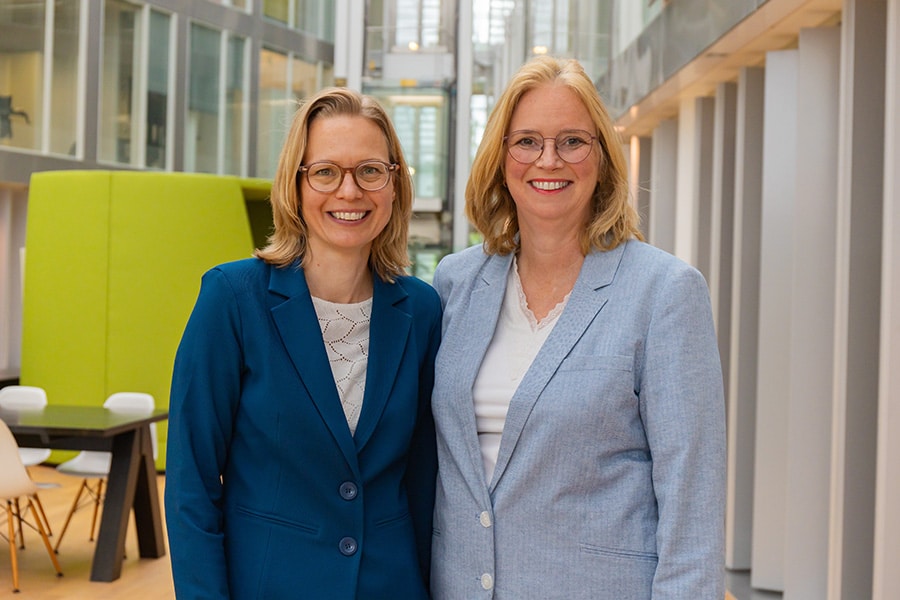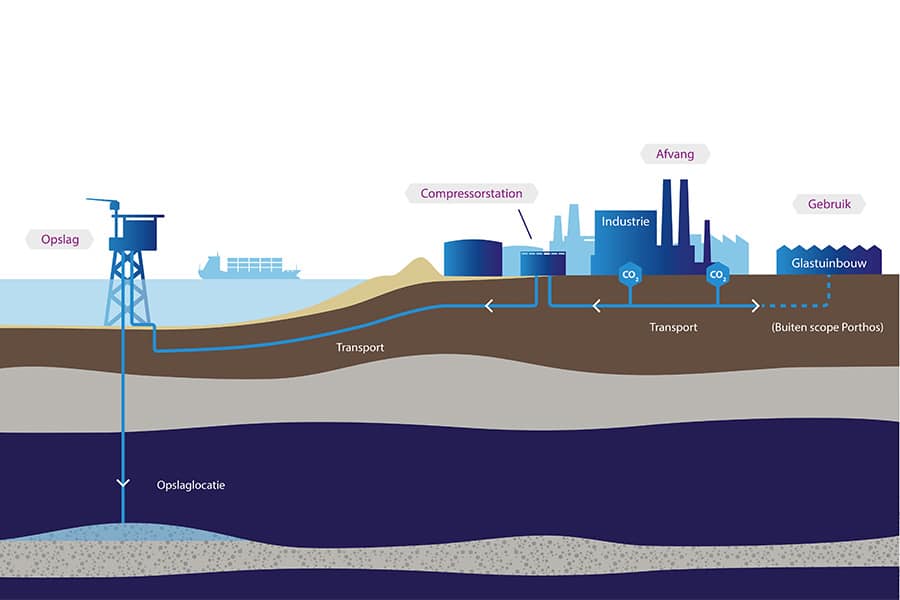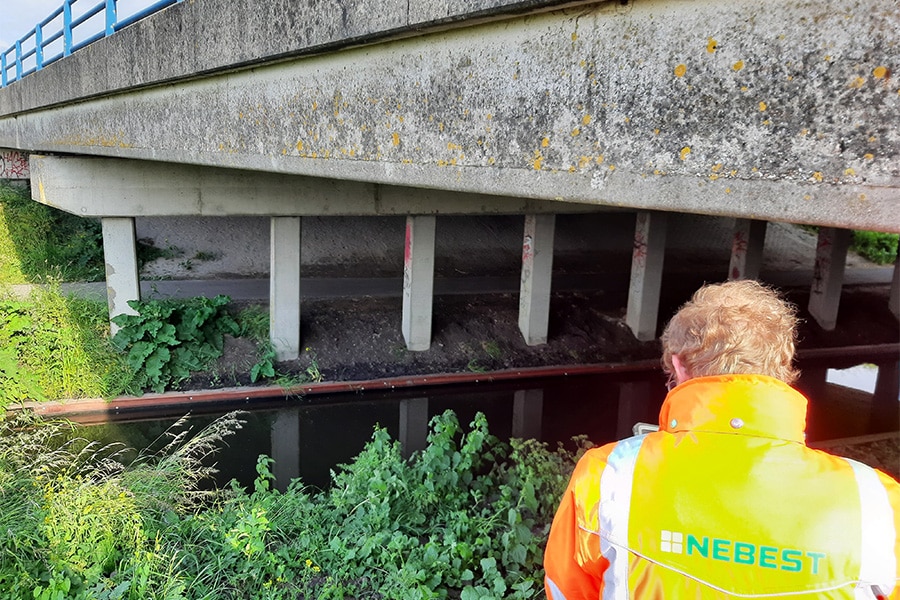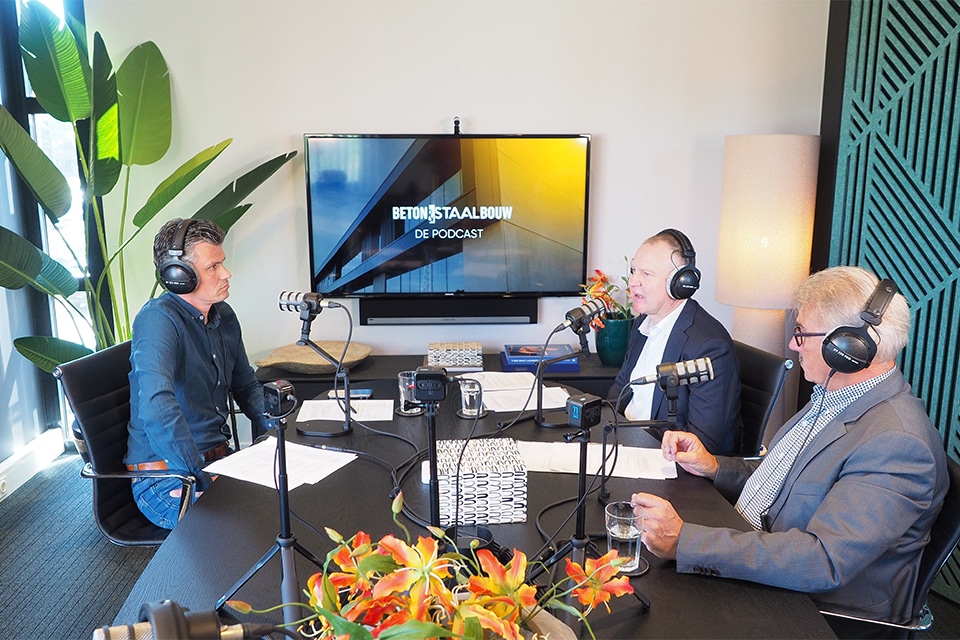
Concrete Innovation Counter paves the way for innovative, sustainable concrete solutions
The concrete industry faces a major challenge: the sector must become more sustainable while major construction tasks lie ahead, including the renewal of civil infrastructure and the realization of hundreds of thousands of homes by 2030. However, current standards are often inadequate to test concrete innovations. Clients and market parties have therefore joined forces and started the Concrete Innovation Counter. This does make it possible to apply and try out innovations in order to achieve more sustainable concrete use faster.
We spoke to Peter Rasker, chairman of the steering committee of the Concrete Innovation Counter and director of Market at the TNO 'Mobility & Built Environment' unit. "The Concrete Innovation Counter offers the sector the opportunity to validate sustainable and innovative concrete innovations in a safe and responsible way, in order to then apply them together with its clients in demonstration projects. Important, since we have set ourselves the goal of halving CO2 emissions by 2030 and working completely CO2-free by 2050."

Transition
At TNO, Rasker is responsible for the unit dealing with research and innovation for infrastructure, making homes and buildings more sustainable, circular building materials and industrialization of the construction process. "As soon as I was introduced to this sector, I was immediately incredibly interested. It is a dynamic sector where there are many challenges because there are numerous innovation and system transitions to be made. As far as the application of concrete is concerned, the question now is how to produce emission-free and how to use reuse and renovation."
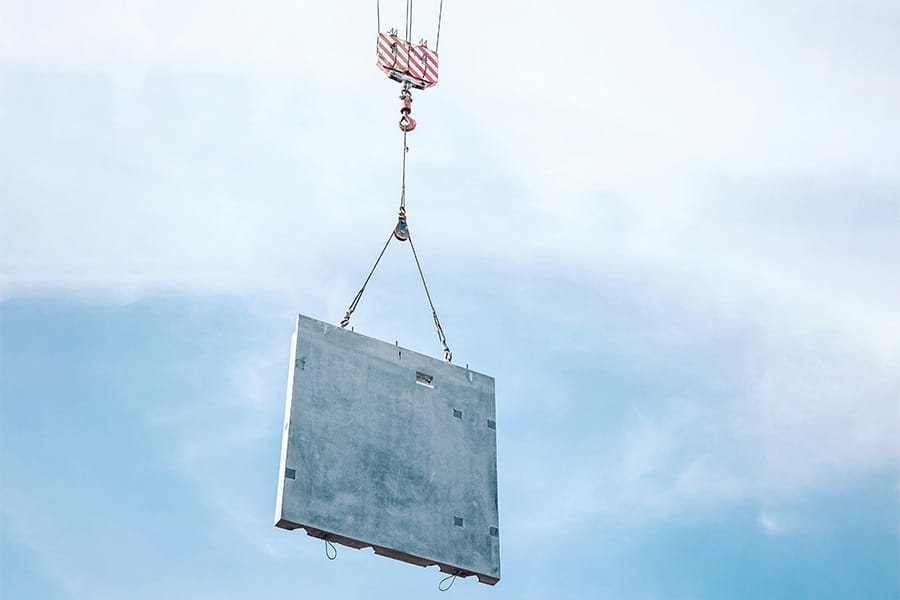
Validation of innovations
"The problem is that the NEN standard in particular focuses on existing concrete. That means that a client takes a risk when he wants to work sustainably by applying a concrete innovation. After all, you don't know how the renewed concrete will behave. The Concrete Innovation Counter offers support by providing an independent opinion on the claimed performance of these innovative products. We test the product on a host of issues and provide a TRL-level recommendation. The clients who have signed the Concrete Agreement, such as the Department of Public Works, accept the products validated by the Concrete Innovation Counter as a possible solution in their projects. Or they offer experimental space within their projects."
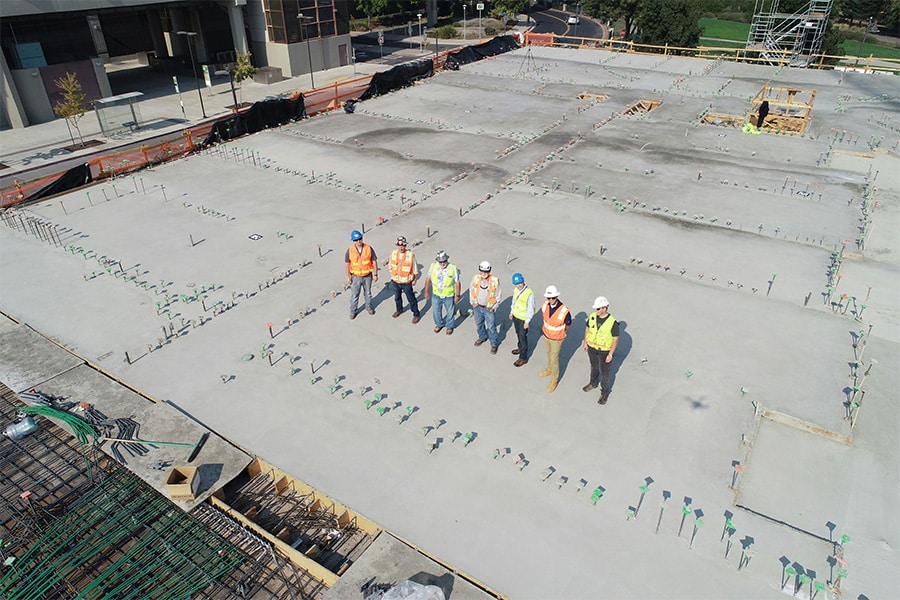
Geopolymer concrete
As an example, Rasker gives geopolymer concrete, a sustainable alternative to cementitious concrete. Because this is a fairly new product, there is still little knowledge about its long-term properties. "The Concrete Innovation Laboratory has recently given the validation to apply geopolymer concrete for a fish passage, but for a viaduct it is too early. With this validation we recommend monitoring the concrete. That way we will know the next time how it behaves in the long term. And so the counter offers the possibility not to have to wait until the product meets the standards, but to make a leap forward. It is an important development through which we stimulate innovation and collect knowledge about possible properties and risks in advance. Meanwhile, we are already working more sustainably on certain projects. Actually a triple win-win situation."
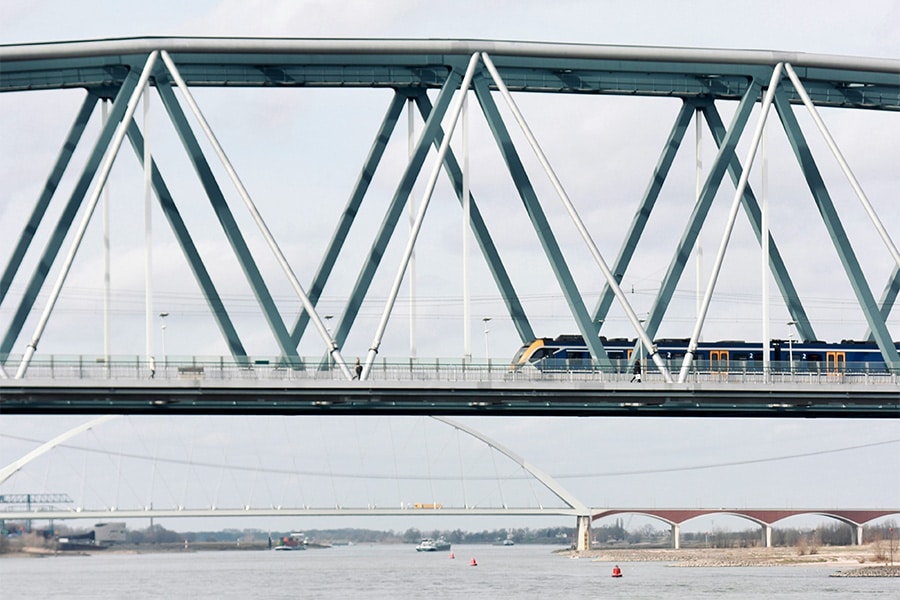
Difference CROW-CUR Recommendation
Whereas the CROW-CUR Recommendation can be applied generically, the recommendation of the Concrete Innovation Counter can be used specifically for a (Demonstrator) project. The turnaround time of only three months is therefore considerably shorter with the Concrete Innovation Counter's validation statement. "We started three years ago and it is now important that this possibility becomes more widely known. It's great that the Department of Public Works and other fine parties are behind it and now is the time for the demand for sustainable concrete from the client side to start growing."
